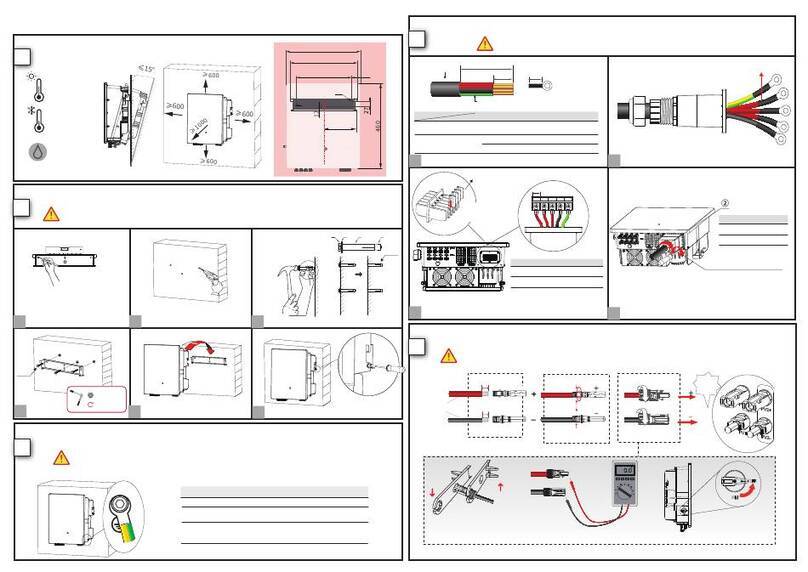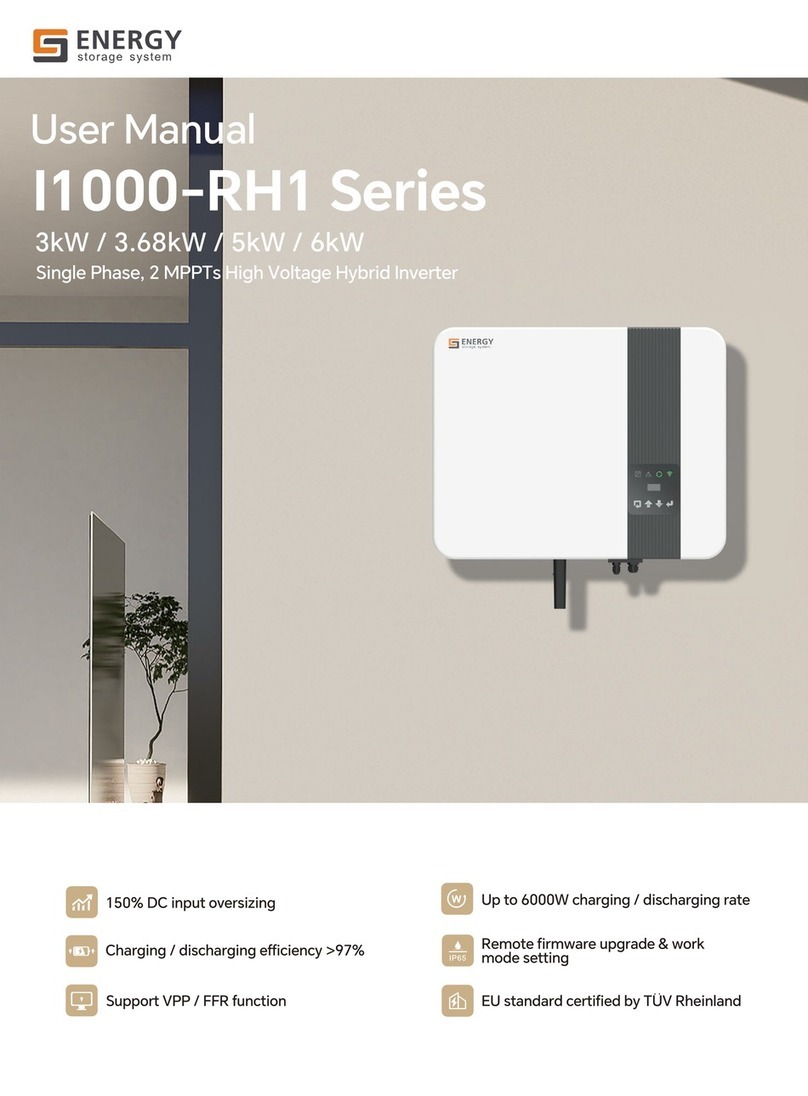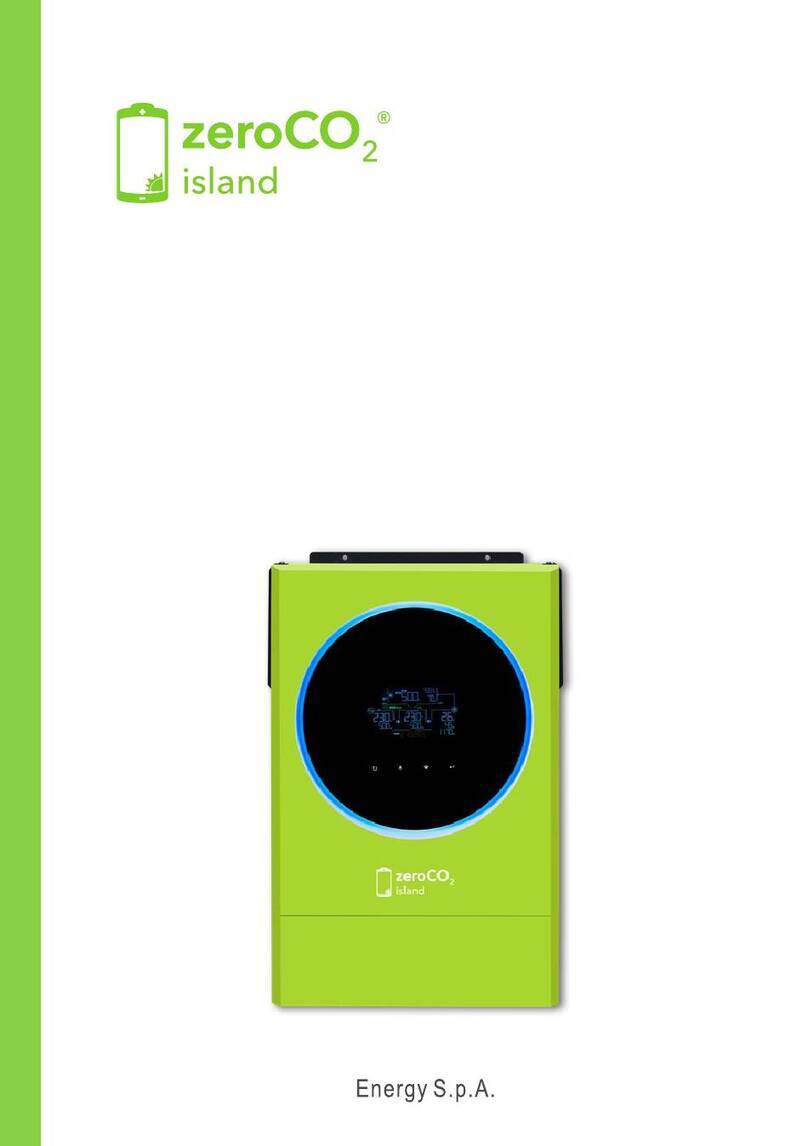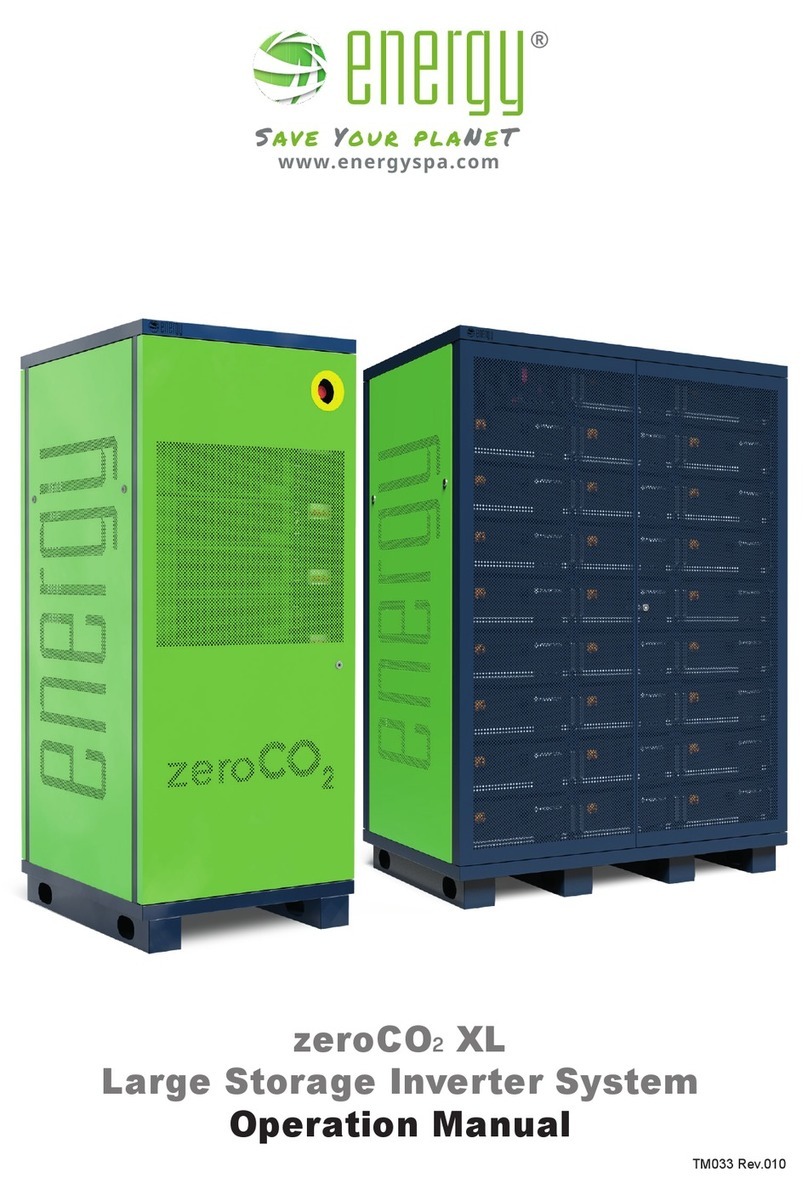
GPV 3KTL/4KTL/5KTL
GPV5KTL
7500Wp STC
5500VA
5000W
23A
Features
DC connection
AC connection
Mounting type
LED indicators(state/fault/communication)
Communication:RS485/wifi/GPRS
Certification and approvals(more can be provided on demand)
Plug-and-play connectors
Plug-and-play connectors
Wall-mounted
CE,EN50549,G98/99,VDE-AR-N4105,AS/NZS 4777,C10/C11,VFR2014&
UTE C15,IEC62109,IEC62116,IEC61727,IEC61683,IEC60068,IEC61000
Technical data
DC Input
Max.PV array power
Max. input voltage
MPP voltage range/rated input voltage
Min. input voltage
Initial feed-in voltage
Max. operetion input current per MPPT
Max. short circuit current per MPPT /Per string input
Number of independent MPPT inputs/strings per MPPT input
AC Output
Rated power
Max.apparent AC power
AC nominal voltage
AC voltage range
AC grid frequency/Range
Rated grid frequency/Rated grid voltage
Max. output current
Power factor adjustable range
Power factor at rated power
Number of feed phase
Harmonic distortion(THD)at rated output
Protective devices
Input-side disconnection device
Ground fault monitoring/Grid monitoring
DC reverse polarity protection/AC short circuit current capability
All-pole-sensitive residual-current monitoring unit
Protection class(IEC 62109-1)/Overvoltage category(IEC 62109-1)
Efficiency
Max.efficiency/European efficiency
General parameters
Dimentions(W/H/D)
Weight
Operating temperature range
Noise emission(typical)
Self-consumption(At night)
Topological structure
Cooling concept
Degree of protection(IEC 60529)
Climatic category(IEC 60721-3-4)
Max. permissible value for relative humidity(Non-condensing)
Max. operating altitude
GPV3KTL
4500Wp STC
3000W
3300VA
15A
97.5%/96.5% 97.5%/97
/ /
GPV4KTL
6000Wp STC
550V
80~550V/360V
80V
100V
12A/12A
18A/18A
2/1
4400VA
4000W
220V/230V/240V
180~290V
50Hz/45Hz~55Hz ;60Hz/55Hz~65Hz
50Hz/230V
20A
1
0.8leading~0.8lagging
1
<3%
12kg
380/350/155mm
-25℃...+60℃
<25dB(A)
<1W
No transformer
Natural convection
IP65
4K4H
100%
3000m
97.5%/96.8%
I/AC:III;DC:II
/
/
Standarded features Optional features
1)Zero export installations supported with 2-pin RS485 for connection to approved smart meters.
2)DRED supported with RS485 communication for Australia & New Zealand.


































